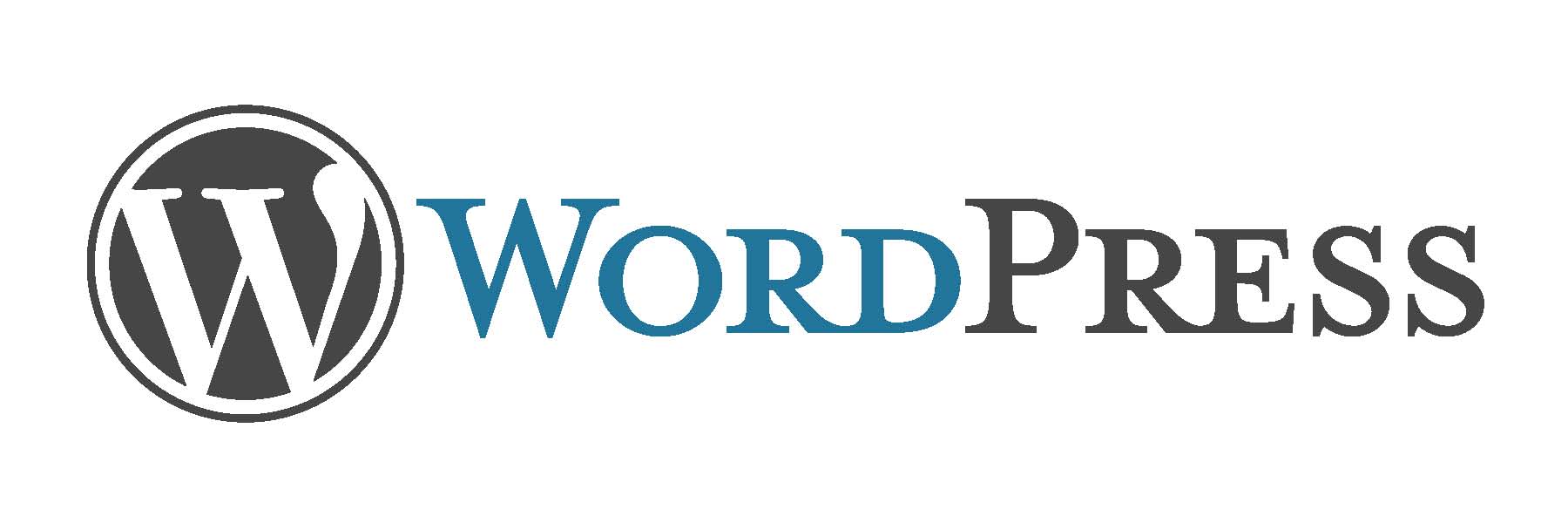A Guide to WordPress Security: Protecting Your Site from Threats
In the digital age, securing your website is of paramount importance. WordPress, being one of the most popular content management systems (CMS) globally, is often targeted by hackers and malware. This guide will walk you through the best practices for safeguarding your WordPress site, ensuring that your valuable content and user data remain secure.
1. Keep WordPress Core, Themes, and Plugins Updated
One of the simplest yet most effective ways to protect your WordPress site is to keep everything updated. This includes:
- WordPress Core: WordPress regularly releases updates that include security patches. Ensure you are always using the latest version.
- Themes and Plugins: Outdated themes and plugins can be exploited by hackers. Regularly update them to the latest versions.
Tip: Enable automatic updates for WordPress core, themes, and plugins to minimize the risk of overlooking an important update.
2. Use Strong Passwords and Usernames
Weak passwords and common usernames (like “admin”) are easy targets for brute force attacks. To enhance security:
- Create Strong Passwords: Use a mix of uppercase and lowercase letters, numbers, and special characters.
- Avoid Common Usernames: Instead of using “admin,” opt for a unique username.
Tip: Use a password manager to generate and store complex passwords.
3. Implement Two-Factor Authentication (2FA)
Two-factor authentication adds an extra layer of security by requiring a second form of verification in addition to your password. To set up 2FA:
- Install a 2FA Plugin: Plugins like Google Authenticator or Authy can be easily integrated with your WordPress site.
- Configure the Plugin: Follow the setup instructions provided by the plugin to link it to your phone.
Example: John runs a small business website on WordPress. He installs the Google Authenticator plugin and sets it up to require a code from his phone each time he logs in, significantly boosting his site’s security.
4. Regularly Backup Your Site
Regular backups ensure that you can quickly restore your site in case of a security breach. Here’s how to manage backups effectively:
- Choose a Backup Plugin: Use reliable plugins like UpdraftPlus or BackWPup.
- Schedule Automatic Backups: Set up automatic backups to run daily or weekly.
- Store Backups Securely: Save backups in a secure, off-site location like cloud storage.
Tip: Test your backups periodically to ensure they can be restored correctly.
5. Use a Security Plugin
A good security plugin can provide comprehensive protection for your WordPress site. Popular options include:
- Wordfence Security: Offers firewall protection, malware scanning, and login security.
- Sucuri Security: Provides security activity auditing, malware scanning, and hardening options.
- iThemes Security: Strengthens user credentials, blocks bad users, and improves user activity logging.
Tip: Regularly review the security logs provided by these plugins to monitor for suspicious activity.
6. Secure Your WordPress Login Page
The WordPress login page is a common target for attacks. Strengthen its security by:
- Changing the Login URL: Use plugins like WPS Hide Login to change the default URL from “yoursite.com/wp-admin” to something unique.
- Limit Login Attempts: Limit the number of login attempts to prevent brute force attacks. Plugins like Login LockDown can help with this.
- Add CAPTCHA: Adding a CAPTCHA to your login form can prevent automated bots from attempting to log in.
Tip: Combine these methods to create a robust defense against unauthorized login attempts.
7. Enable SSL for Your Website
SSL (Secure Socket Layer) encrypts data transferred between the user’s browser and your website, making it harder for hackers to intercept. To enable SSL:
- Get an SSL Certificate: Obtain an SSL certificate from a trusted provider.
- Install and Activate the Certificate: Follow your hosting provider’s instructions to install and activate the certificate.
- Use HTTPS: Ensure your website is accessible via HTTPS instead of HTTP.
Tip: Many hosting providers offer free SSL certificates through services like Let’s Encrypt.
8. Secure Your WordPress Database
The database is the heart of your WordPress site, storing all your content and settings. Protect it by:
- Changing the Database Table Prefix: The default prefix is “wp_”. Change it to something unique to reduce the risk of SQL injection attacks.
- Regularly Back Up Your Database: Use plugins or manual methods to back up your database regularly.
- Use Strong Database Credentials: Ensure your database username and password are strong and unique.
Tip: Consider using security plugins that offer database protection features.
9. Monitor Your Site for Malware
Regular malware scans can detect and remove malicious code before it causes harm. To monitor your site:
- Use Security Plugins: Plugins like Wordfence and Sucuri can scan for malware and vulnerabilities.
- Set Up Regular Scans: Schedule regular scans to run automatically and alert you of any issues.
- Manually Inspect Files: Periodically check your site’s files for any unauthorized changes.
Tip: Immediately address any malware detections to prevent further damage.
10. Educate Yourself and Your Team
Knowledge is a powerful tool in maintaining site security. Stay informed about:
- Latest Security Threats: Follow security blogs and news sites to stay updated on new threats and vulnerabilities.
- Best Practices: Regularly review and implement security best practices.
- Training: Educate your team on security protocols and how to recognize phishing attempts and other threats.
Tip: Regularly review your security practices and update them as necessary to address new threats.
Conclusion
Securing your WordPress site is an ongoing process that requires vigilance and proactive measures. By following these best practices, you can significantly reduce the risk of security breaches and ensure a safe environment for your users. Regular updates, strong passwords, two-factor authentication, and security plugins are just a few steps you can take to protect your site. Remember, the key to effective security is continuous monitoring and staying informed about the latest threats.
By implementing these strategies, you can focus on creating great content and growing your audience, knowing that your site is well-protected against potential threats.







